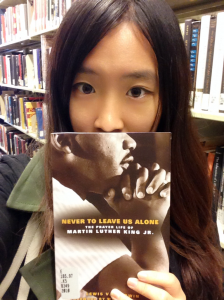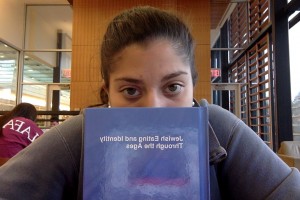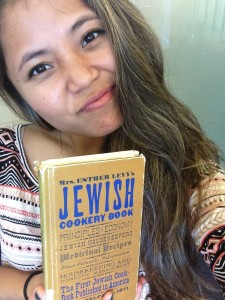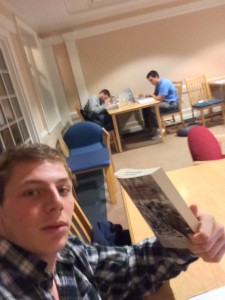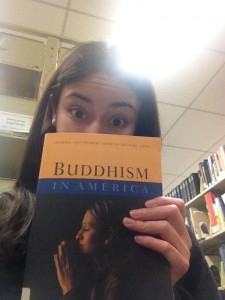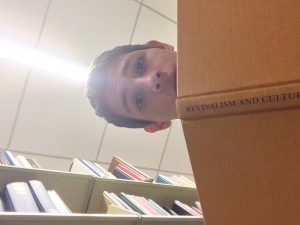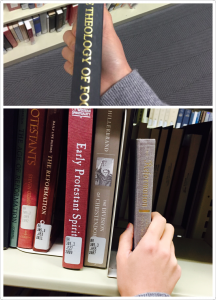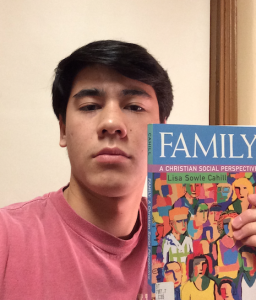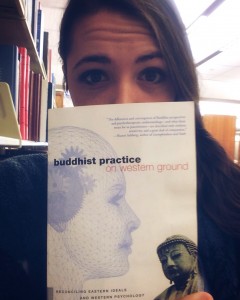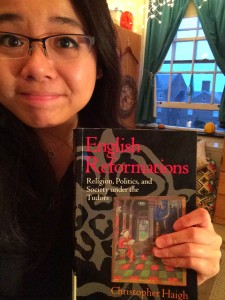Under the library catalog, I typed keywords: “Martin Luther King Religion,” but many academic journals came up. Thus, I tried to limit different sources by selecting “books,” and the first book that came up was called “Never to leave us along: the prayer life of Martin Luther King, Jr.” written by Lewis V. Baldwin. I chose this topic, because first Martin Luther King is really famous as an American activist and a leader in the African-American civil rights movement, and second, I am curious about how he made such a success based on his Christian beliefs or how his religion beliefs led to his success. For example, his famous speech “I have a Dream” had a huge impact in the history and how it was related to Christianity. In addition, Martin Luther King as a Nobel Peace Prize winner for combating racial inequality through nonviolence, and how Christianity helped him to achieve that.
The book “Never to leave us along: the prayer life of Martin Luther King, Jr.” written by Lewis V. Baldwin gives answers to all those questions. In tracing the evolution of King’s prayer life, the book explains how and why King became ‘the most authentic spiritual genius in this land.’ He also defined prayer as the human “response to God,” charactering it as the heart of the Judeo-Christian tradition. The books concludes that “King remains a model of spirituality and godly devotion in these perilous times of globalization, polarization, social regression, and growing cultural cynicism.” In the contents, the book has six chapters: an inward journey which explains the black prayers’ tradition, from shadowed places which introduces King’s prayer life from student days, trembles in the breast which indicates the art of preaching, before whom angles bow which explains the potencies of pastoral prayer, spirits soaring upward which suggest prayers’ struggles, and toward a harmonious whole which demonstrates praying in the spirit of King. This book is a good source of my paper, but I think that I probably also need to find another book which is more related to Christianity, because this book has some paragraphs talking about Christianity, but not a lot. However, this book is a good reference.
